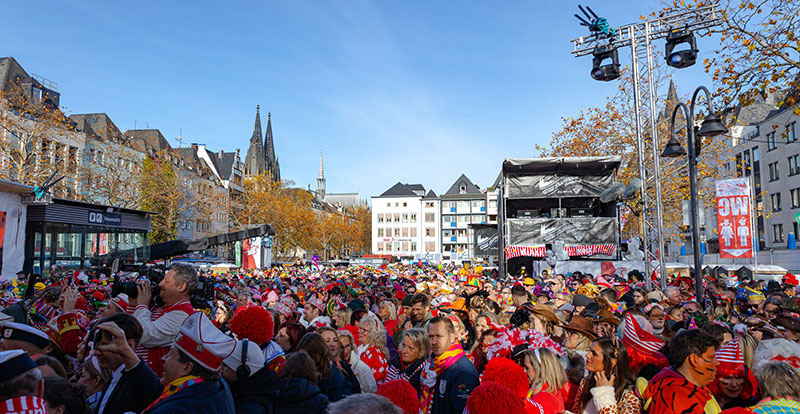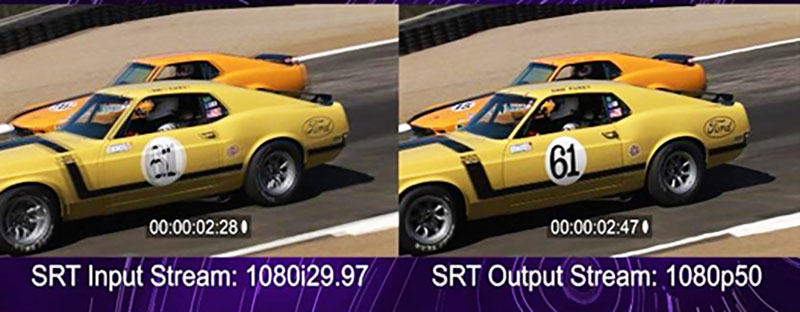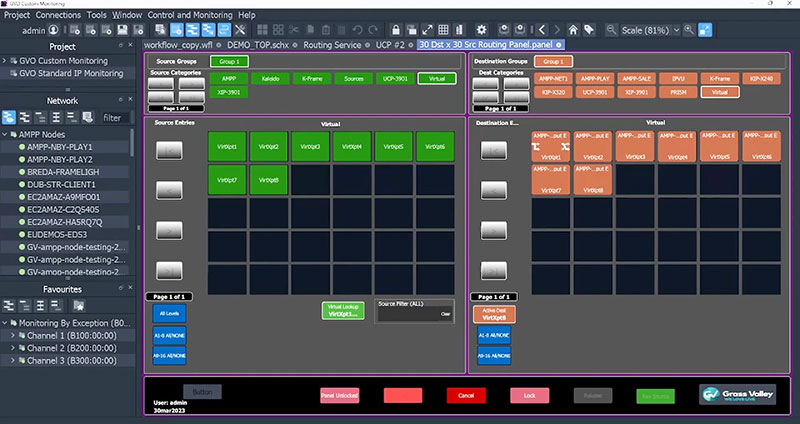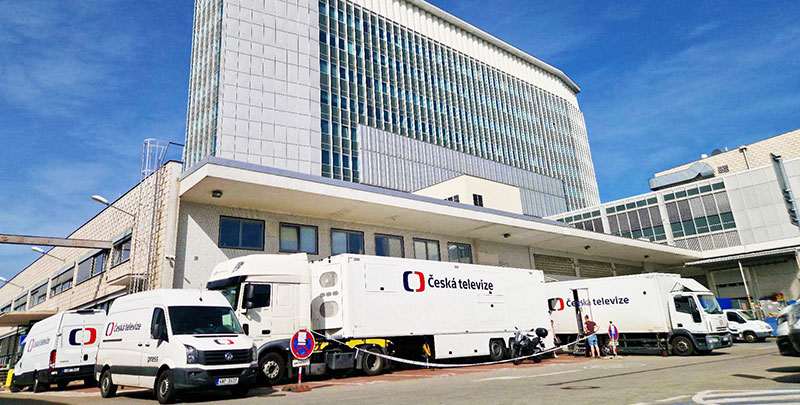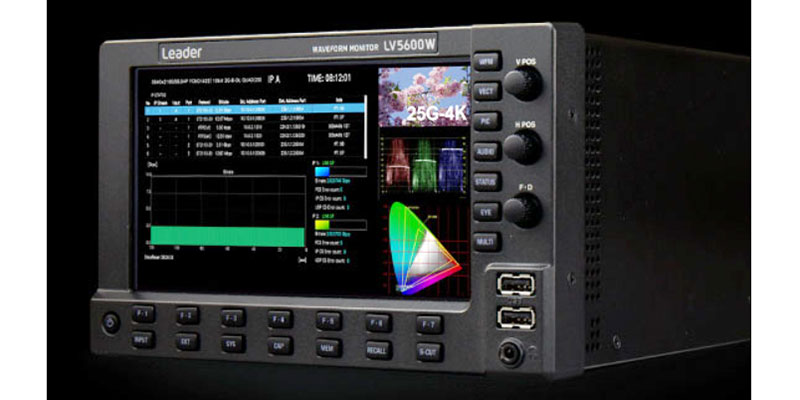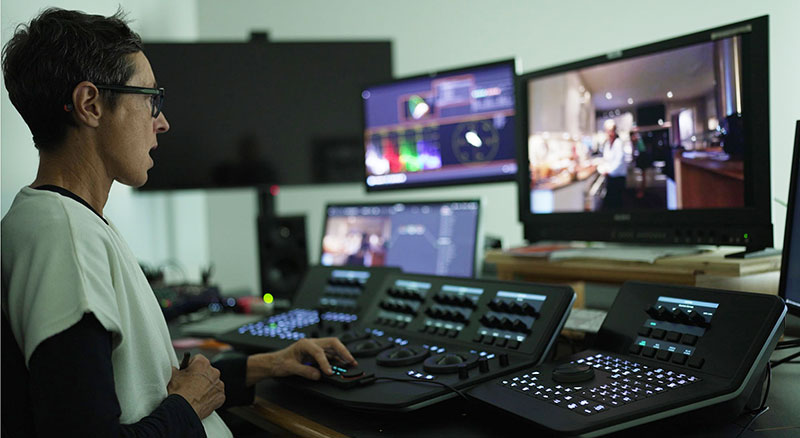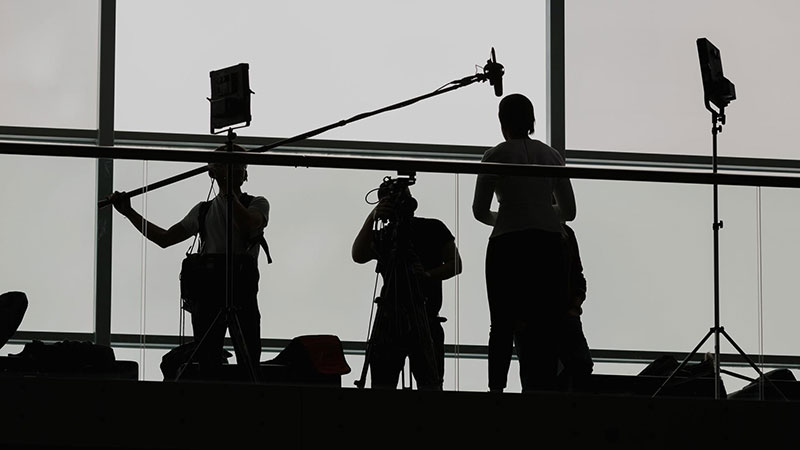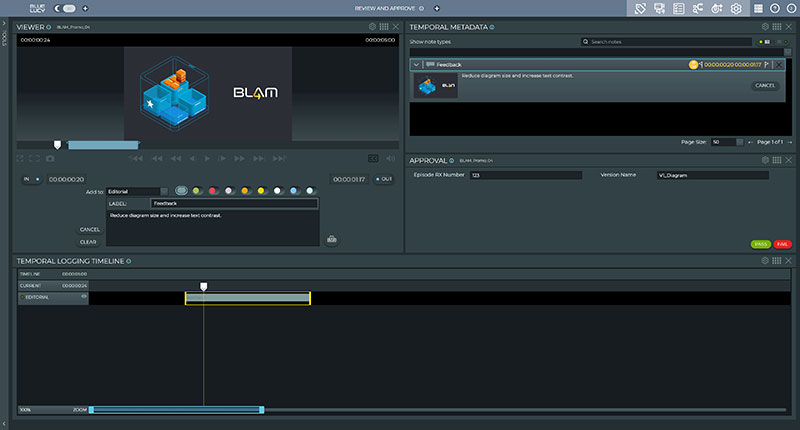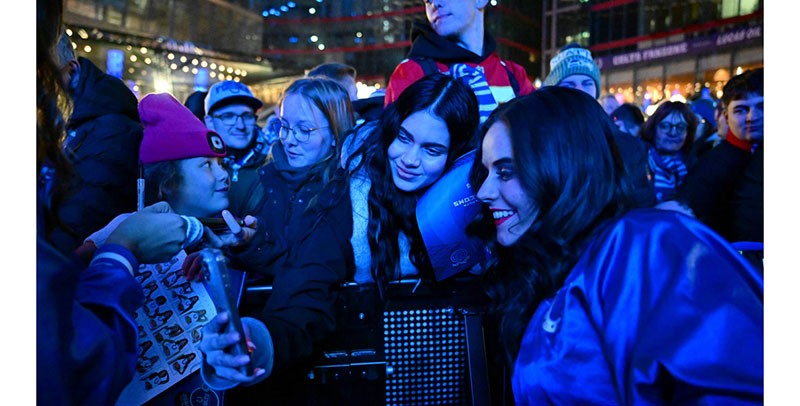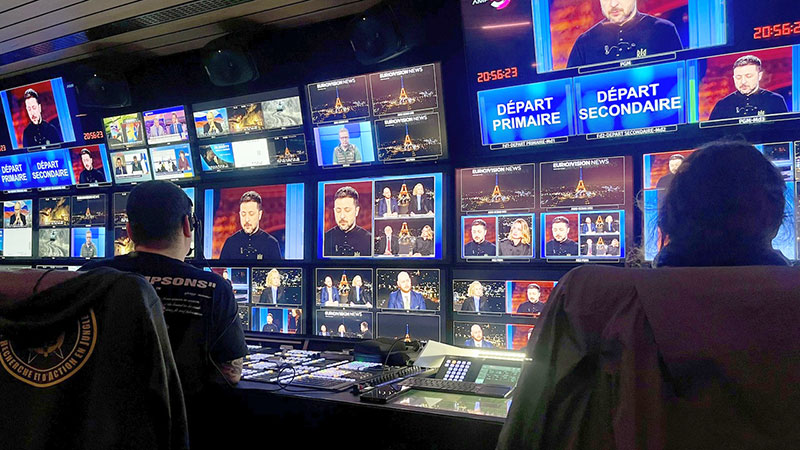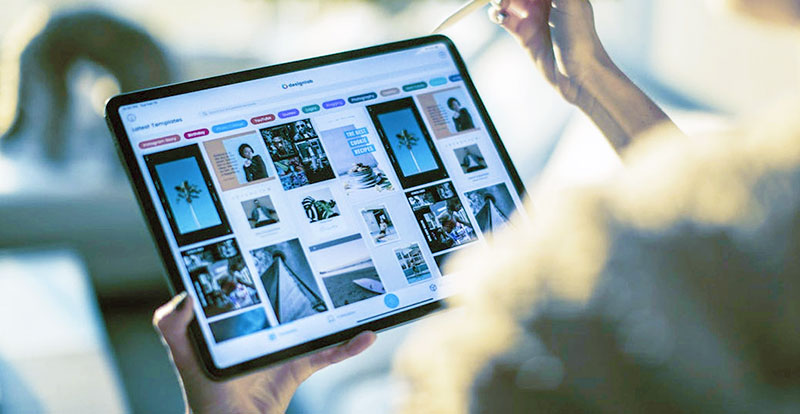Nevion’s Virtuoso media node now has a 100G uplink add-on that aggregates IP streams from up to eight Virtuosos – a scalable, affordable approach to 100G interfacing for live productions.
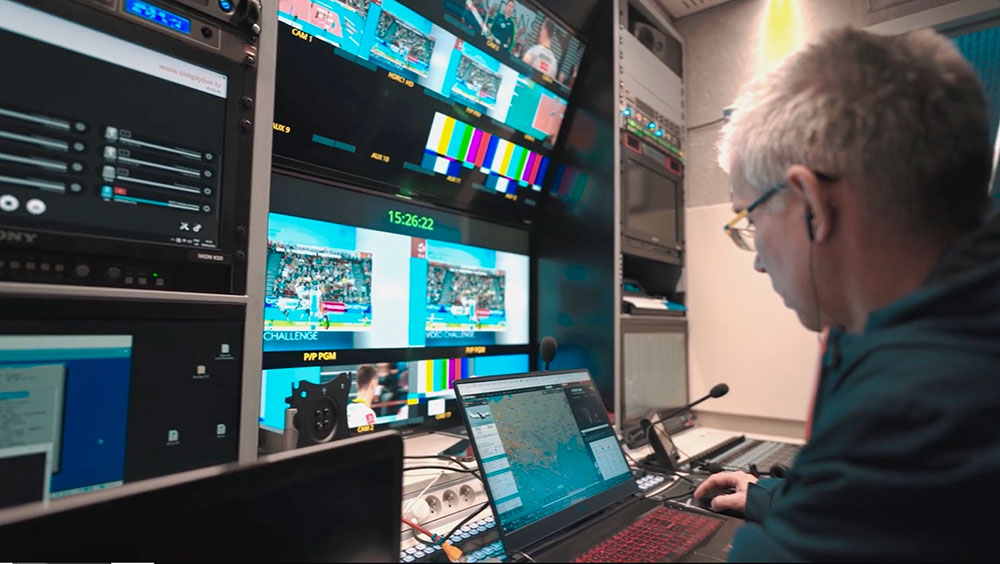
Nevion’s Virtuoso now has a 100G uplink add-on to its Virtuoso software-defined media node. Called Virtuoso UplinX, it is designed to aggregate IP streams from up to eight Virtuoso appliances, giving live productions a very scalable, cost-effective approach to 100G interfacing.
A critical part of Sony’s Networked Live system, Nevion Virtuoso is deployed to transport, process and monitor signals in real-time. As the use of IP connectivity and delivery for live production increases, the demand for 100G interfaces is growing. This capability is particularly important because backend processing, whether for video encoding/decoding or AV processing, is now more often centralised into server farms in data centres. For remote production, 100G is also often a required interface on site to the wide-area network (WAN).
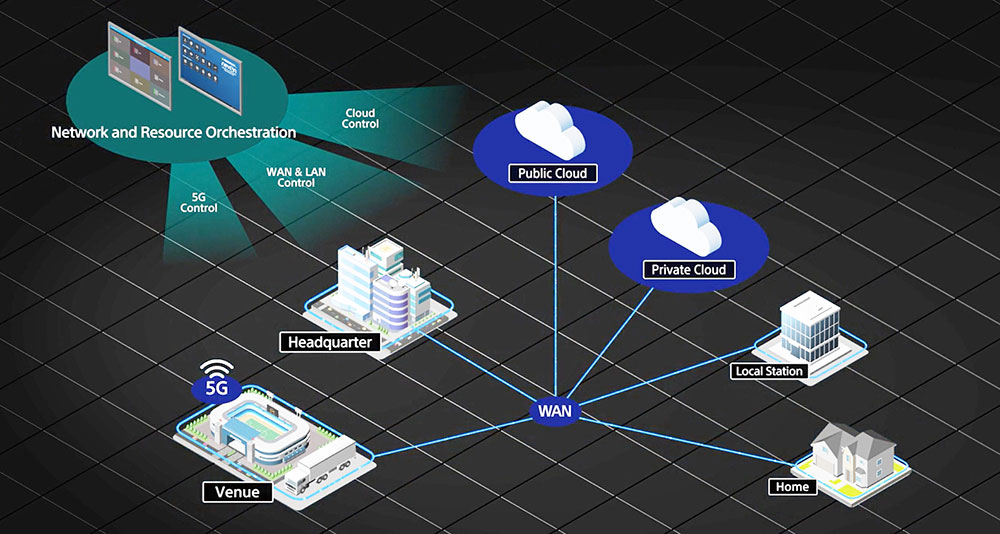
The Virtuoso UplinX adds multiple 100G uplink and downlink interfaces to the network. Users have a choice of 2, 4 or 8 interfaces to fit the requirements of the specific deployment, which means a single Virtuoso UplinX is able to handle up to 192 uncompressed HD and 48 uncompressed UHD video signals in each direction.
It allows a potential move to a 400G interface should that be needed. Red networks (without access to internet, accessed only from internal systems) and blue networks (with direct access to internet) can be handled within one Virtuoso UplinX or separately in different units. The add-on can be configured and managed via Virtuoso’s established web-interface, giving a unified view of the appliances being aggregated.
More cost-effective than in-appliance interfaces or a dedicated IP switch, Virtuoso UplinX allows customers to move to 100G and, over time, even to 400G, without the need to upgrade their Virtuoso appliances or disrupt their configurations.
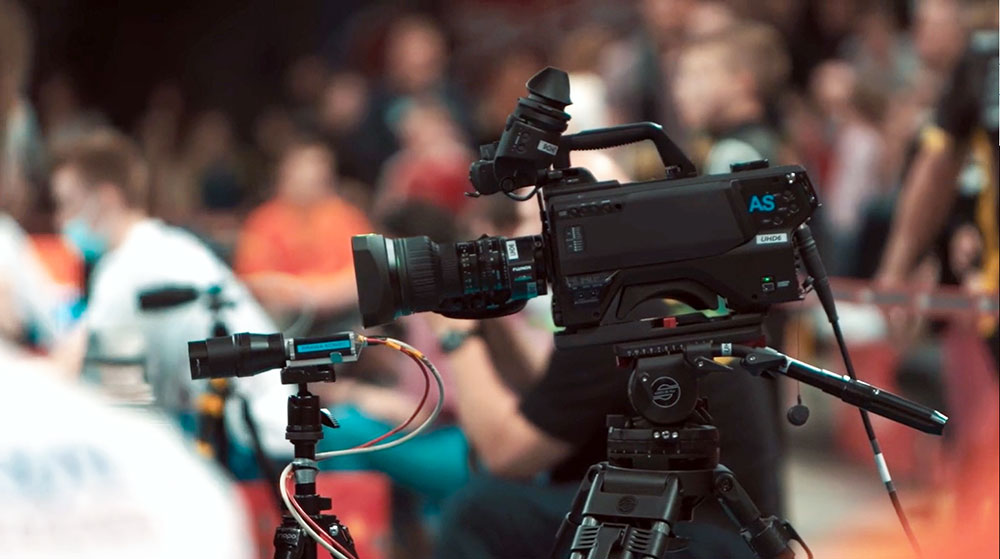
Steve Hard, VP of Product Management, Virtuoso at Nevion said, “Virtuoso UplinX is a versatile, highly scalable and, most important, cost-effective add-on to the Virtuoso family. It complements the Virtuoso MI and the Virtuoso RE media appliances used for load sharing, element management, internal communication and timing.”
Nevion’s Virtuoso will be on display at the NAB 2024 Show in Las Vegas, 14-17 April. nevion.com




